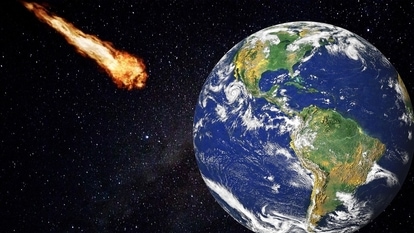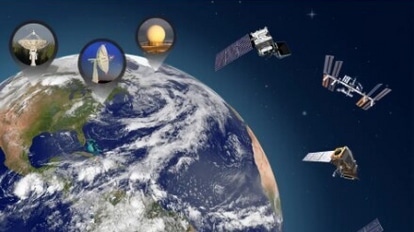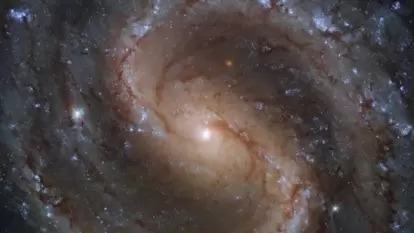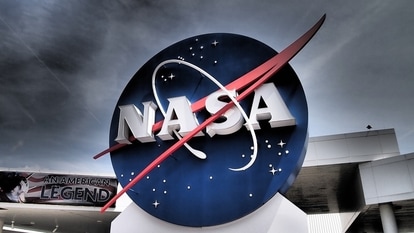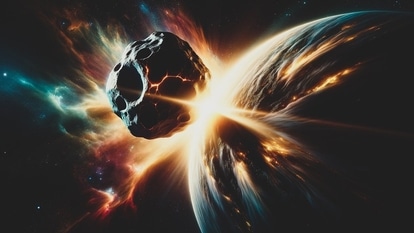Has water on Earth come from asteroids? Astonishing study makes stunning revelation
A new study has revealed that water on Earth may have come from asteroids. Here’s more about it.
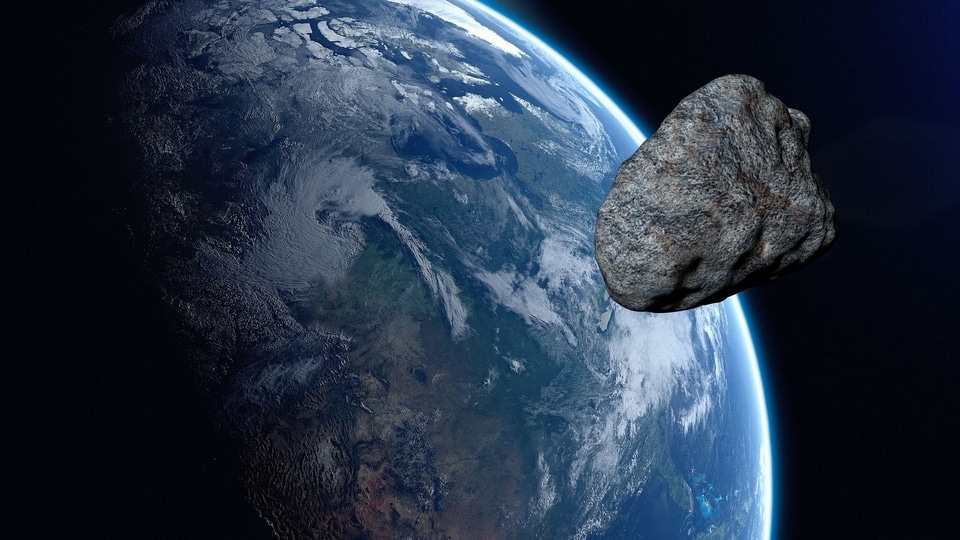

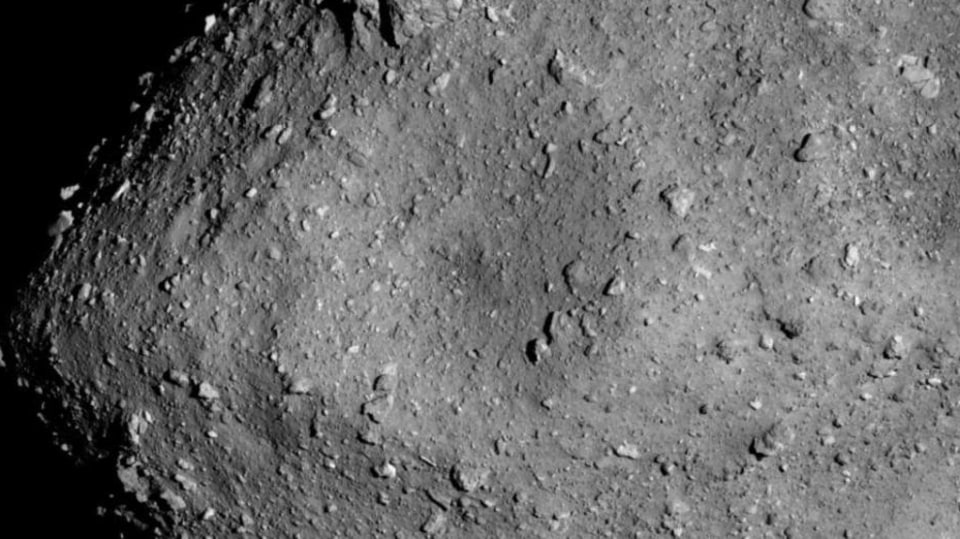
_1639115875543_1639115887157.jpg)
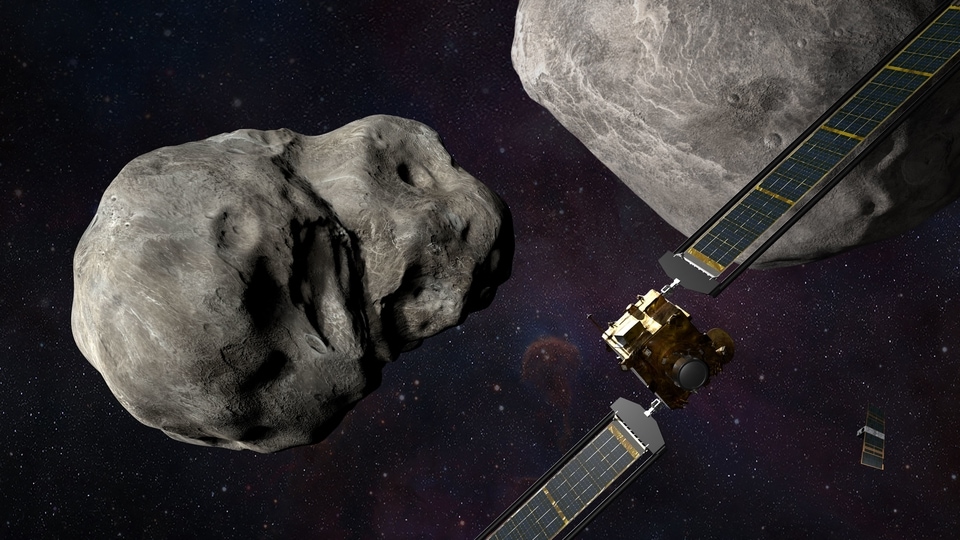

 View all Images
View all Imagesater is the life force behind every living being on planet Earth. Without water, there is no life. Until now, we have believed that water was already present on Earth when the first living beings came into existence. However, a recent study has made an astonishing discovery that puts this very thought into doubt. The study has revealed that water may have originated on an asteroid.
The study was conducted after collecting samples from an asteroid called Ryugu by the Japanese Hayabusa-2 space probe during a 6-year space mission. The probe gathered 5.4 grams of dust and rock samples from the asteroid which scientists used to gather information on the origin of life. Hayabusa-2 was launched in 2014 with a mission to gather samples from the asteroid Ryugu, nearly 300 million kilometers away. The probe successfully returned with the samples in 2020.
In a new paper published in the journal Nature Astronomy, the scientists said that the samples collected by the probe could shed new light on the origin of life as well as the formation of oceans on Earth.
"Volatile and organic-rich C-type asteroids may have been one of the main sources of Earth's water," scientists said in the published paper.
"The delivery of volatiles (that is, organics and water) to the Earth is still a subject of notable debate.” However, the presence of organic materials found in “in Ryugu particles, identified in this study, probably represent one important source of volatiles”.
The study said, "Ryugu particles are undoubtedly among the most uncontaminated Solar System materials available for laboratory study and ongoing investigations of these precious samples will certainly expand our understanding of early Solar System processes.”
Catch all the Latest Tech News, Mobile News, Laptop News, Gaming news, Wearables News , How To News, also keep up with us on Whatsapp channel,Twitter, Facebook, Google News, and Instagram. For our latest videos, subscribe to our YouTube channel.



